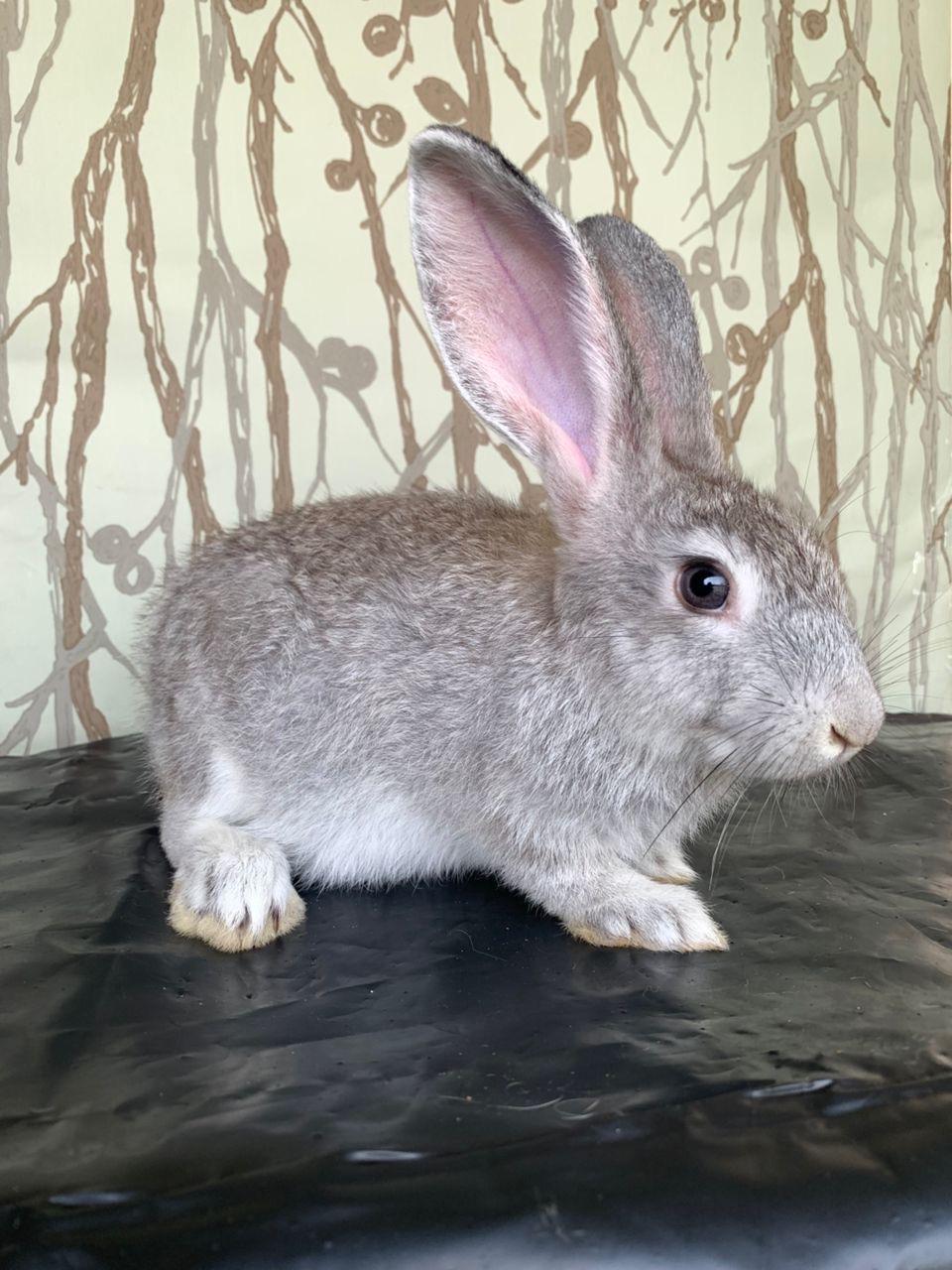Introduction
Rabbit farming is increasingly popular among small-scale and commercial farmers alike. Why? Rabbits require minimal space, reproduce quickly, and provide lean, nutritious meat. For those new to livestock farming, rabbits offer a manageable, cost-effective entry point. In this post, we’ll guide you through the basics—from choosing the right breed to setting up proper housing—so you can begin your journey with confidence.
Choosing the Right Breed
- New Zealand White and Californian are top choices for meat production, thanks to their fast growth and lean meat.
- Mini Lop and Dutch Rabbit are ideal pets, known for their gentle temperaments.
- Angora or Rex rabbits are perfect if you’re interested in fur production.
Setting Up Housing & Environment
- Cages or Hutches: Ensure each rabbit has enough space to move freely. Sturdy materials like wire mesh or wooden hutches work well.
- Ventilation & Cleanliness: Good airflow reduces odor and disease risk. Clean cages weekly to keep environments sanitary.
- Temperature Control: Rabbits thrive in moderate climates. Use fans or shade in hot regions, and insulate hutches in cooler climates.
Feeding & Nutrition Basics
- Pellets & Hay: A high-quality pellet mix and steady supply of hay form the dietary foundation.
- Fresh Greens: Provide leafy vegetables in moderation for added vitamins. Avoid toxic plants like tomato leaves or rhubarb.
- Water: Clean, fresh water should be accessible at all times, ideally in drip bottles or bowls that are changed daily.
Health & Disease Prevention
- Regular Check-Ups: Examine your rabbits for signs of illness—like runny noses or lethargy—and consult a vet if needed.
- Vaccinations & Deworming: Follow local guidelines to protect against common rabbit diseases.
- Biosecurity: Quarantine new or sick rabbits to prevent illnesses from spreading.
Breeding & Reproduction
- Breeding Age: Most rabbits can start breeding around 5–6 months old.
- Gestation Period: Usually 28–31 days. Ensure the doe (female) has a nest box a week before giving birth.
- Weaning Kits: Around 6–8 weeks old, kits can be gradually introduced to solid food.
Conclusion
Starting a rabbit farm can be both rewarding and profitable if you lay a solid foundation. By choosing the right breed, setting up comfortable housing, and maintaining a proper feeding regimen, you’ll be on the road to success. Ready to dive deeper? Check out Livora Farms’ starter kits and learning resources to ensure your first venture into rabbit farming runs smoothly.
